Data Update 6 for 2025: From Macro to Micro - The Hurdle Rate Question!
Musings on Markets
FEBRUARY 8, 2025
In the first five posts, I have looked at the macro numbers that drive global markets, from interest rates to risk premiums, but it is not my preferred habitat. In this role, the cost of capital is an opportunity cost, measuring returns you can earn on investments on equivalent risk.

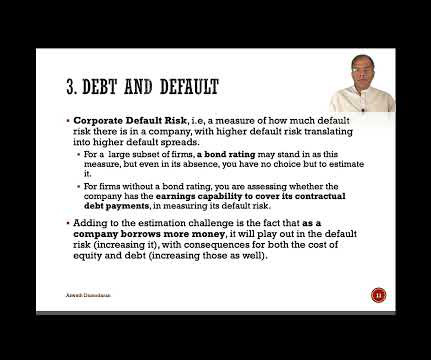
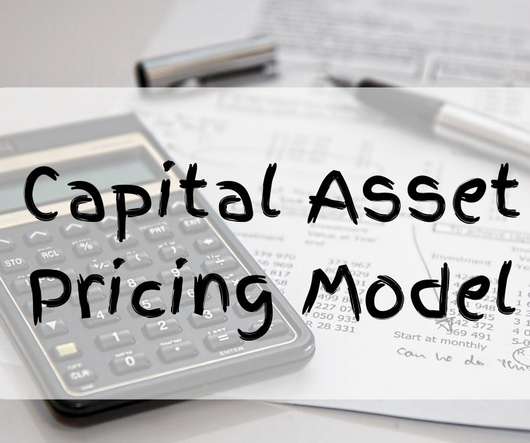

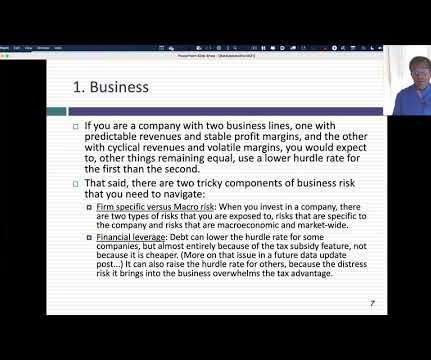
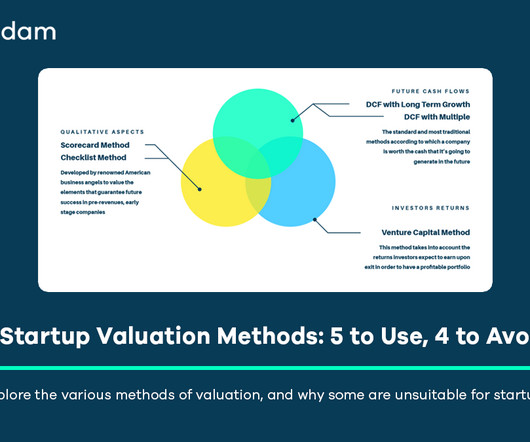
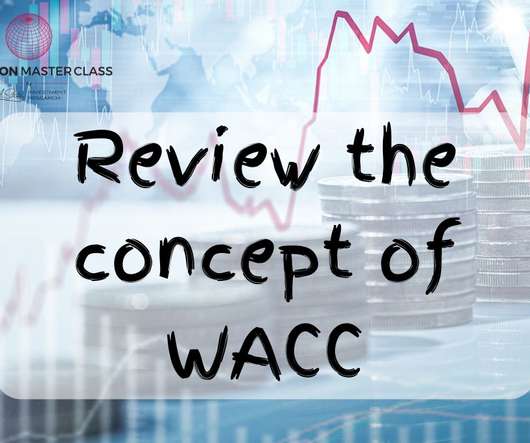
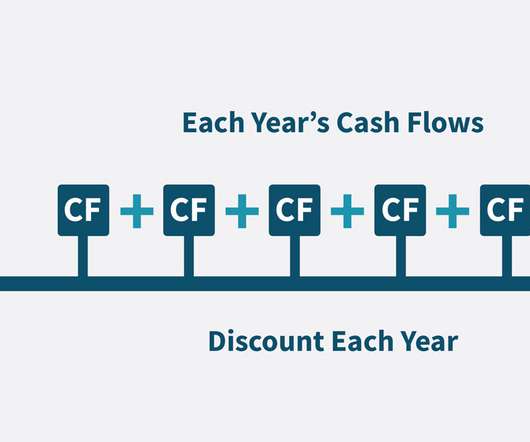
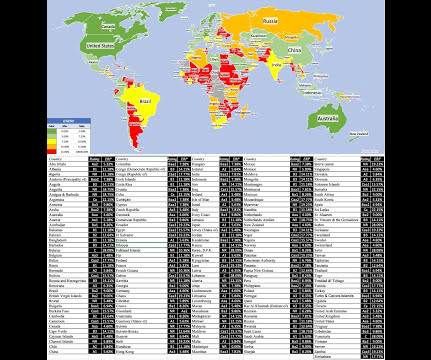
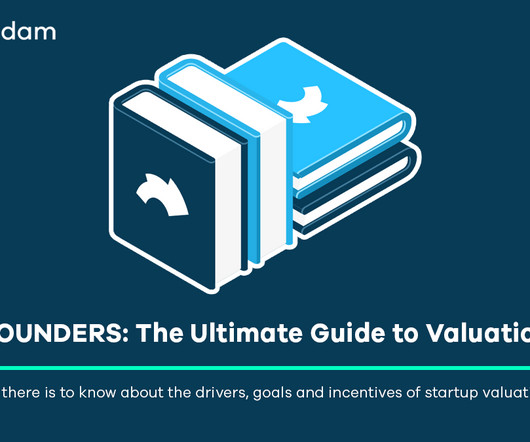
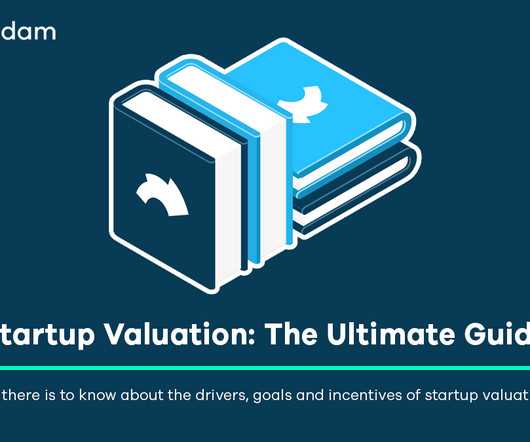






Let's personalize your content